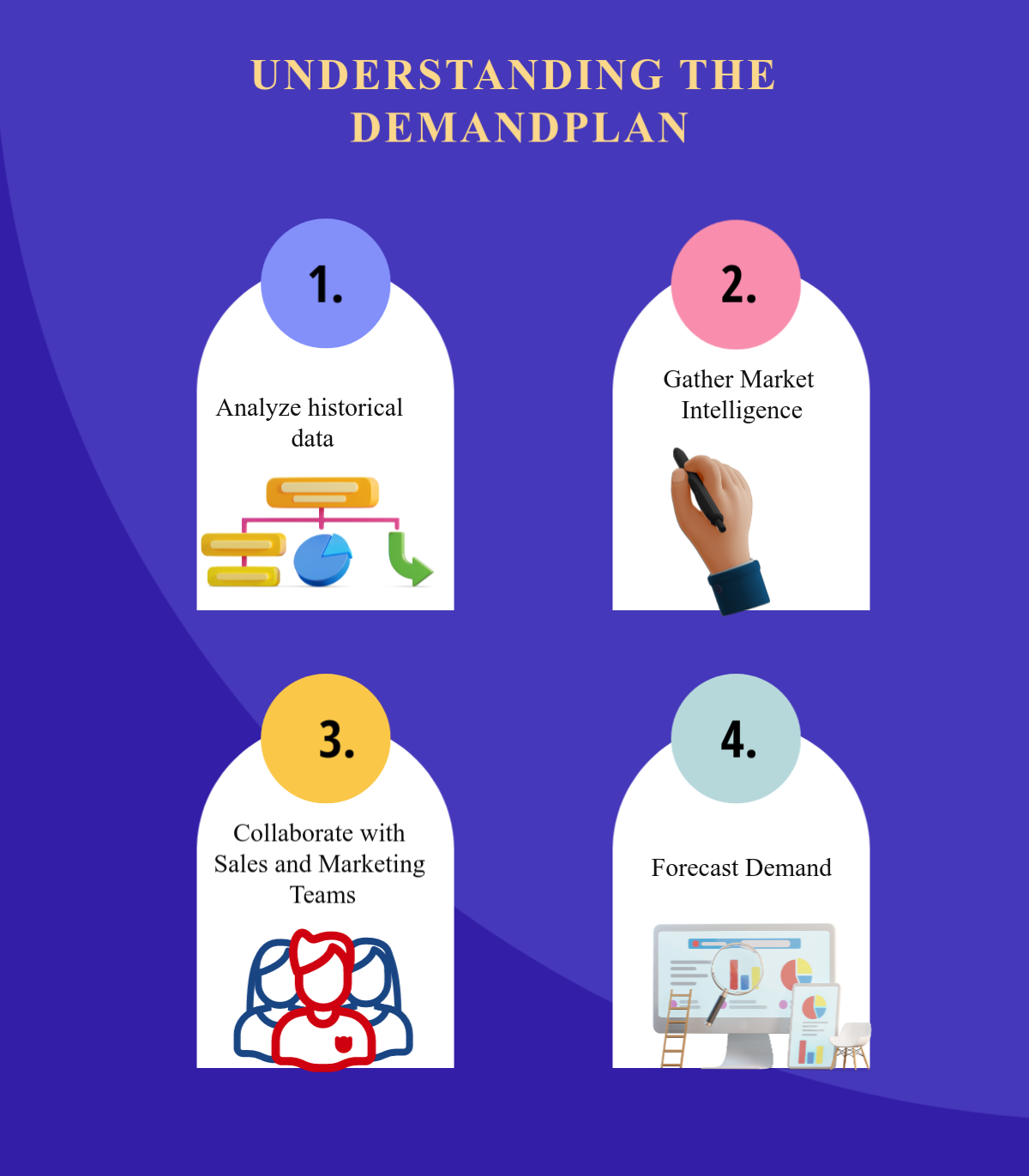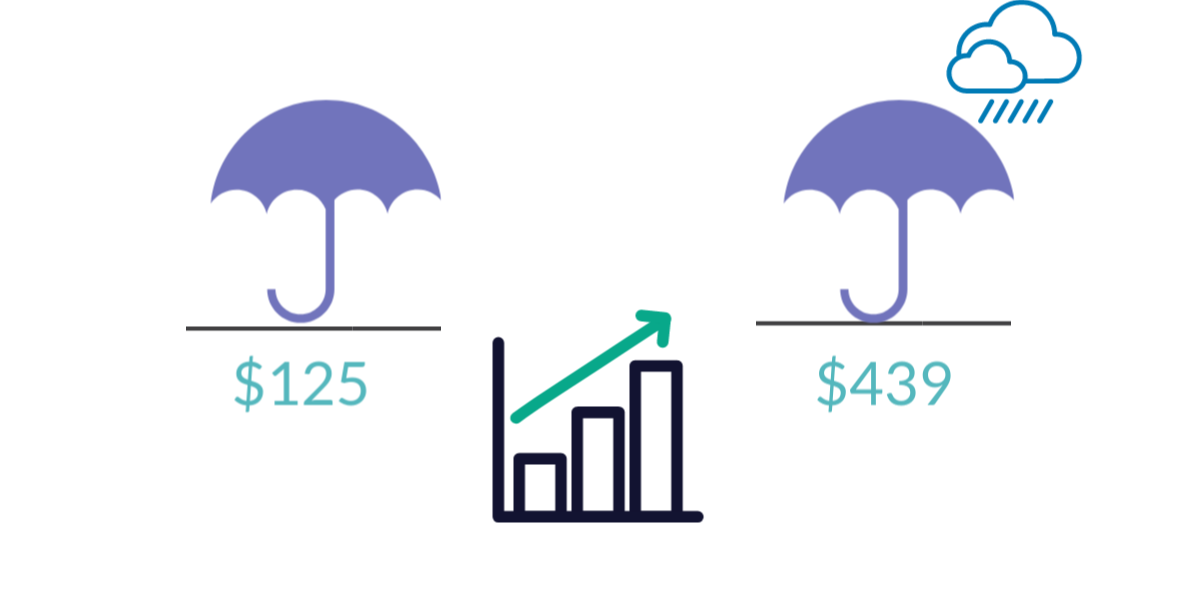Step Three: Collaborate with Sales and Marketing Teams
The third step in creating a demand plan is collaborating with sales and marketing teams. Your sales and marketing teams have insights into customer preferences, sales promotions, and product launches. By collaborating with them, you can create a more accurate demand plan.
Suppose your sales team has informed you that they are promoting an umbrella sale for the upcoming rainy season. This information can inform your demand plan and production decisions.
Step Four: Forecast Demand
The fourth and final step in creating a demand plan is to forecast demand. Forecasting demand involves analyzing historical data, market intelligence, and inputs from sales and marketing teams. Based on this analysis, you can predict the future demand for your products or services.
Suppose your analysis predicted that you would sell 10,000 umbrellas during the upcoming rainy season. Using this information, you can plan production, purchasing, and inventory management decisions.





